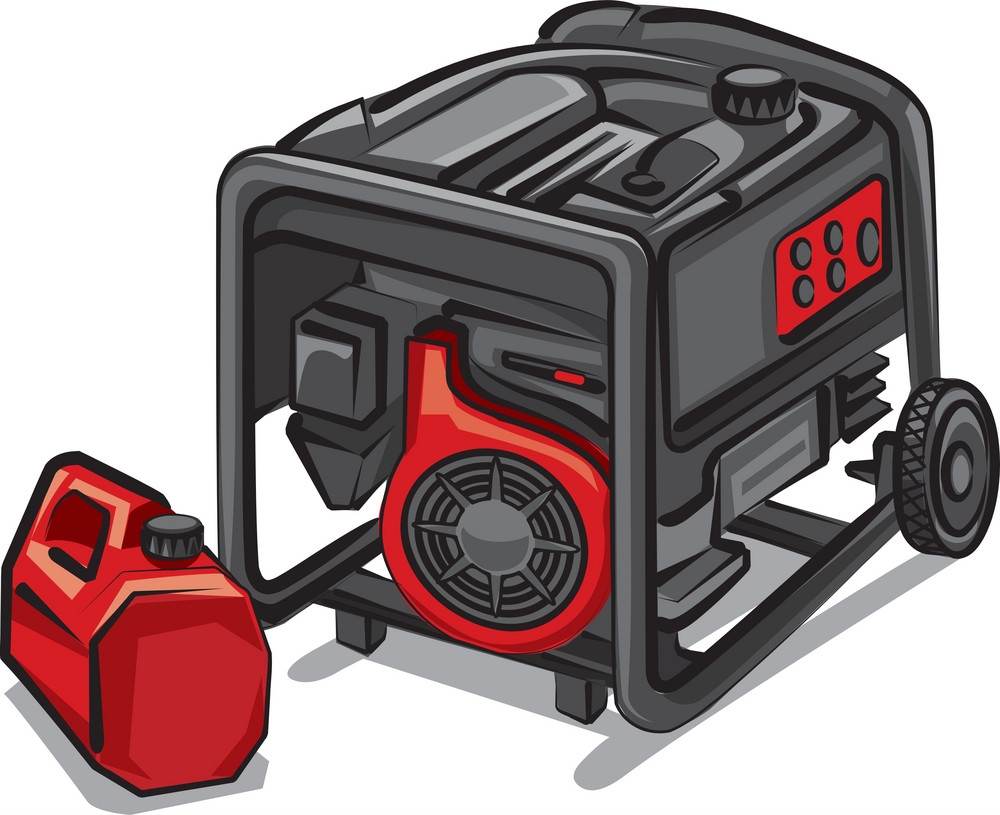Be prepared to prevent a catastrophe from happening to your home. Thousands and thousands of householders file insurance claims to by some means make back their deficits which are caused by disasters every year. In some worst cases, a home catastrophe catastrophe can leave a home unlivable or at the the bare minimum cause severe inconvenience. Some items that may be damaged range from spoiled food and mold infestations inside fridges and freezers. Another service interruption source such as earthquakes, tornadoes, hurricanes, and other storms, make local travel virtually impossible, and can also cause other problems such as polluted water supplies.
It’s impossible to avoid a natural home disaster from affecting you but you can minimize the probability of damage and raise the level of safety for your home and your family living within. Take preventative actions ahead of time that help lessen the likelihood of a home catastrophe and then adhere to these home disaster prevention recommendations to help keep your home safe and livable.
Disasters caused by Mother Nature are the largest concern, but so are disasters caused by accidents or acts of terrorism. Electrical power retains our houses livable and provided with water. When the power goes out for any reason, whether for a neighborhood, an entire town, or across several states, everything that is dependent on electricity shuts down. Any successful disaster prevention plan really should incorporate a standby or portable generator to provide power during an outage. The principal benefit that a standby generator carries is that it is permanently installed and thus needs zero human intervention. Whereas portable generators can provide energy on the go, wherever you may require it.
Overflowing streams and rivers are not the sole reason for home flooding. There are a great deal of disasters ready to occur in and around your home that you can effortlessly avert with advanced preparation.
- Just before leaving your house for prolonged time periods, remember to turn off your water.
- Replace washing machine hoses with the kind that do not burst.
- Make sure your fixture connections are using braided steel hoses that include a flood prevention device.
- Include the sump pump electrical circuit as one of the circuits powered by your home’s backup generator. Examine and test the pump twice a year. Install extended length rain gutter outlets that discharge water downhill and away from the home.
Hot, humid air is the ideal environment for mold growth. When the air in an area does not flow freely the dilemma becomes worse. Today, homes are sealed up tight to help with energy efficiency but in turn this stops air circulation. Eradicating humidity from the air and stopping mold growth, air conditioners can assist with the problem. On the opposite side of things, in the course of the winter months bursting pipes is an area for concern when temperatures drop. Make sure that the appliances that control the environment of your home such as, furnaces, air conditioner, and dehumidifier are working on the circuits that are being powered by your generator. A refrigerator can keep food cold for about a day without power. For a freezer, it may last up to 3 days maximum without power. After that, food thaws and spoils quickly. Add the refrigerator and freezer to the list of circuits that need emergency power from your generator.
The trees around your home should be trimmed so that no branches are touching or overhanging the residence. Make sure that trees on your land are not too close as their roots can protrude into sewer lines and weaken your foundation. Your landscape grading on your property should move water away and downhill from your home and doesn’t stand in puddles or ponds. By preserving the siding and roof in good repair, you avert critical complications in high winds and heavy rains. Shovel away snow that is built up against your home. Move it away so that if it melts abruptly, it does not overwhelm the sump pump or leak into the home. Performing standard upkeep and maintenance on your generator in accordance to its user manual and instructions will ensure its safe and smooth operation when it is needed. To keep the supply of fuel fresh, be sure to rotate your fuel for portable generators. Remember that older fuel may go stale causing problems if you use this fuel in your generator, such as preventing it from running efficiently, or even running at all.
For more info go to: www.NPSBriggsandStratton
